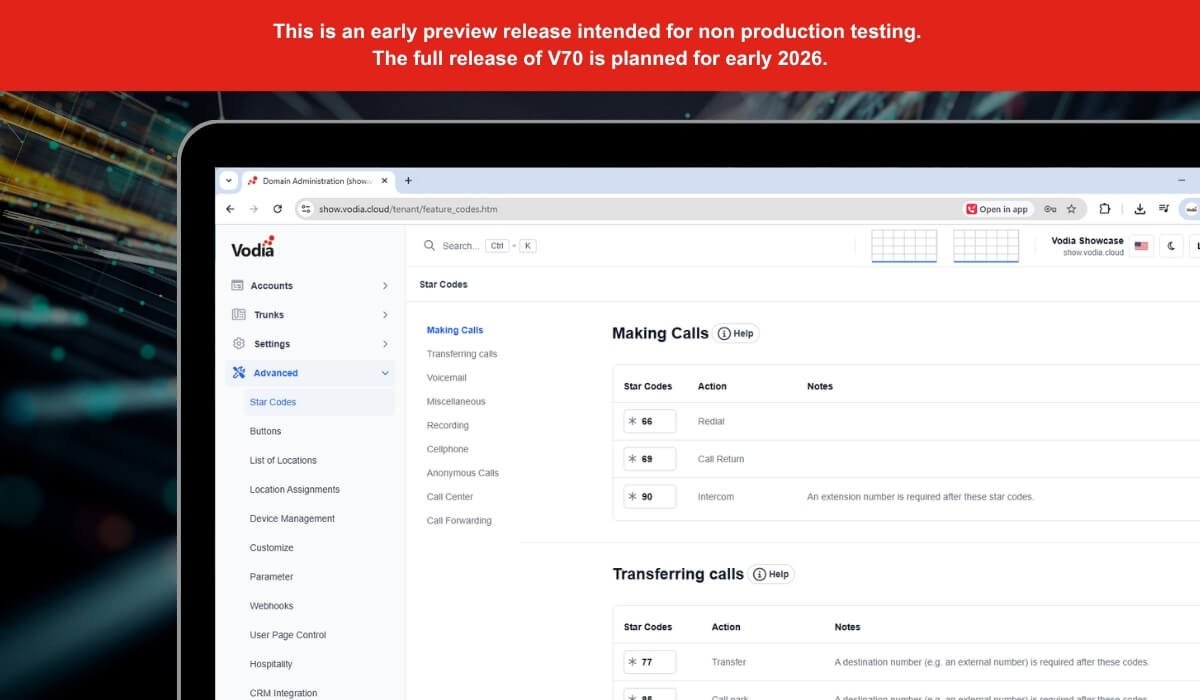In the good old PBX world, most phones had some kind of buttons on the phone that offered numerous features that could help make the office life as productive as possible. The buttons usually had a LED light associated with them - some even had two colors. Many of them had paper next to them so the user could pencil down what the button was actually doing. Buttons were used for shared lines, park orbits, monitoring other PBX extensions, logging in and logging out, message waiting indication, paging...just to name a few.
In the SIP world there is only very limited support for the features. At the end of the day, there are two ways to go: vendors do their own thing and implement a protocol, both the server and the client side, to make it happen. The market share of such closed systems still makes up the majority of the market. snom ONE is using the “buttons” specification to make features possible between the snom phones and the snom PBX.
The alternative is to use standards. In the SIP world, there is practically only one standard available, “dialog”. Originally intended for something else, the lack of alternatives made vendors pick the standard to implement the busy lamp field (BLF) functionality. What the standard delivers is essentially a way to turn the LED of a button on and off (buried in a XML text that can easily take up several hundred bytes). What happens when the button is pressed is left to the provisioning of the device. This is sad, but it's a reality we have to deal with.
We have used the front-end to assign button functionality to the endpoint during the provisioning process from the snom ONE and also for Polycom and Yealink phones (in version 5.0.10). Originally designed for snom phones, we decided to use the same setup process for other phones. The main difference is only the BLF modes can be used for non-snom phones, but the assignment can be done on profile and extension level, which makes this very convenient.
For Polycom, it makes even park orbits possible. When the BLF is for a park orbit, ongoing calls can be parked there and other users can retrieve calls from the orbits.
This doesn't deliver the same experience as with the old PBX, but it does solve a lot of the practical problems in real life and greatly enhances the experience with Polycom and Yealink phones.
.svg)





